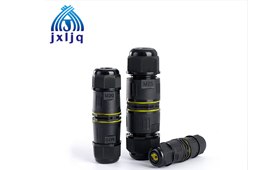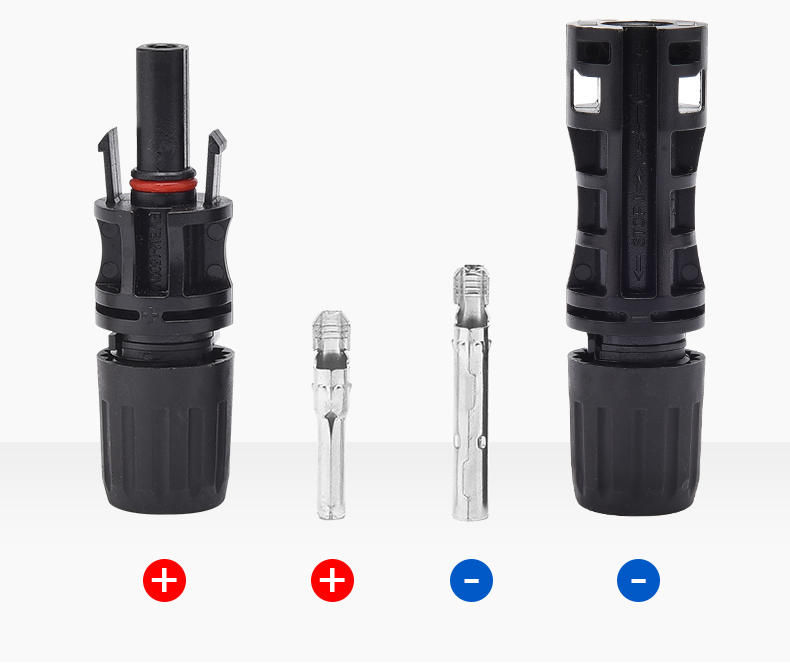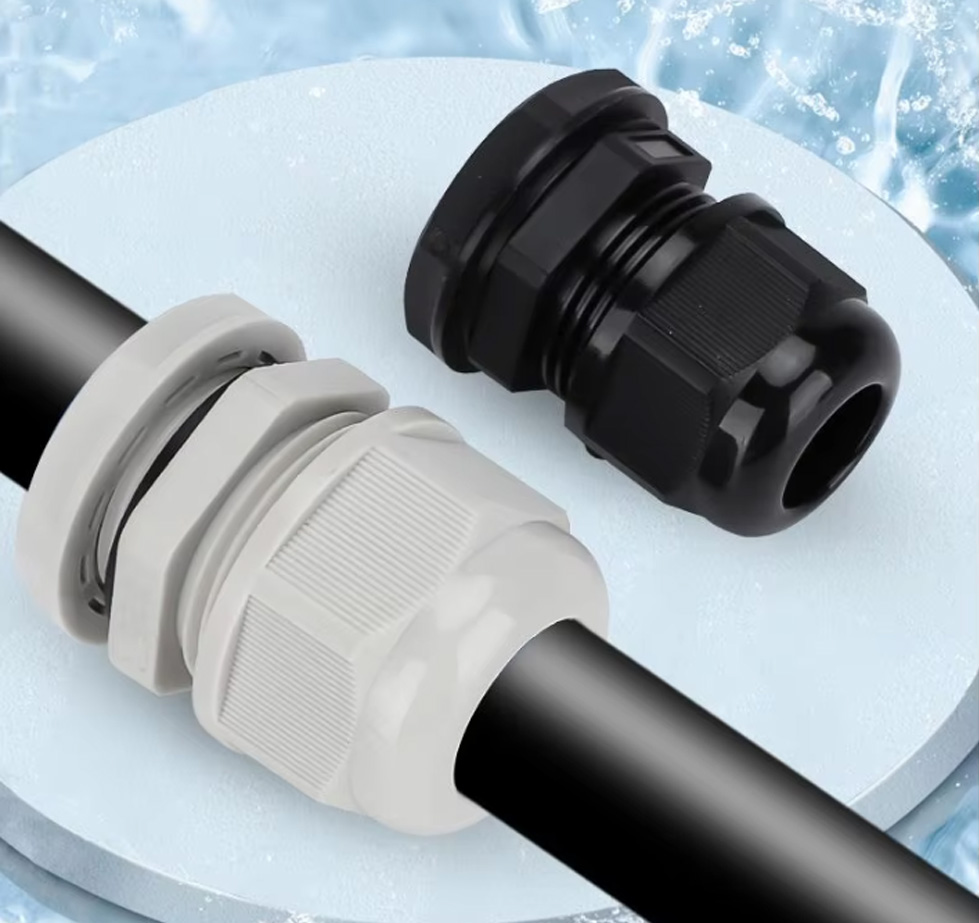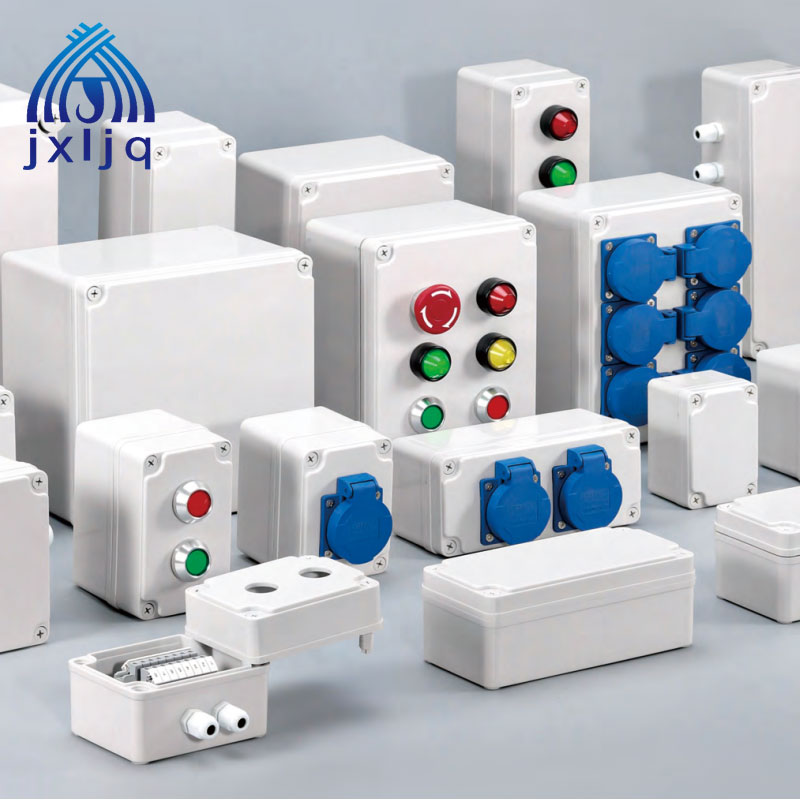Electricians often use cable joints. What are brass cable gland?
Brass cable joint manufacturers tell you that after the cable is laid, in order to make it a continuous line, the segments must be connected as a whole, and these connection points are called cable joints.
Explanation of the production steps of brass cable gland
1. After the brass cable joint is made and crimped, the sharp corners, burrs, and edges on the pipes and conductors must be smoothed, polished with emery cloth, and cleaned. After the steel armor is grounded, the waterproof tape and the armored tape are half-overlapped on the periphery to restore the waterproof performance and mechanical strength.
2. Brass cable joint production After restoring the three-phase copper shielding tape connection through the copper mesh sleeve, half-overlap a layer of waterproof tape around the copper shielding layer, and then restore the steel armor connection.
3. Made of brass cable joints, the waterproof tape should be used in strict accordance with the installation instructions.
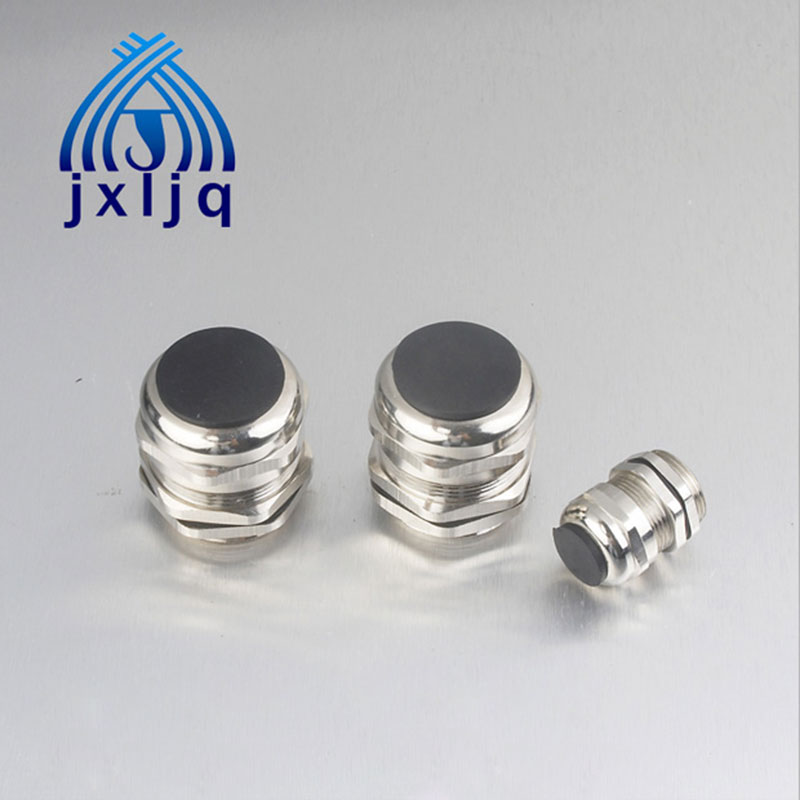
Types of cable glands
Cable joints can be divided into straight cable joints, insulated cable joints, plugged cable joints, transition cable joints, branch cable joints, cable flexible joints, etc. Intermediate connector, terminal connector (indoor, outdoor) Cable line.
Cable joints can be divided according to the installation place:
(1) Indoor cable connector
(2) Outdoor cable connector
Cable joints are divided according to production and installation materials:
(1) Heat-shrinkable cable glands
(2) Dry-packed cable glands
(3) Cold-shrinkable cable glands
(4) Epoxy resin casting cable joint
Cable joints can be divided according to the core material:
(1) Copper core power cable connector
(2) Aluminum core power cable connector
Commonly used cable joints are divided into the following categories according to the material, and several different materials are used in different environments.
(1) Plastic cable gland (nylon)
(2) Metal cable gland (brass nickel-plated material)
(3) Stainless steel cable joint (304 material)
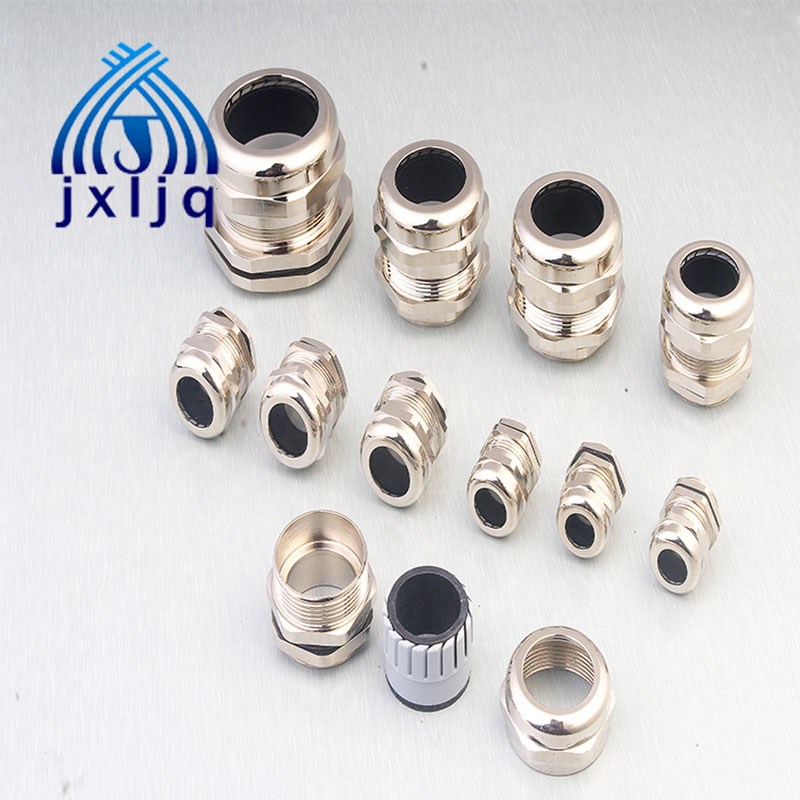
Why is copper commonly used in cable joint connectors?
Brass is a material with good electrical conductivity, but it is prone to deformation and rapid fatigue after repeated bending. It has high strength, high hardness, and strong chemical resistance. The mechanical properties of cutting are also outstanding. The seamless copper tube drawn from brass is soft and wear-resistant.
First, the basic requirements of wire terminals
(1) The resistance of the joint should not be greater than that of the wire;
(2) The insulation of the joint should not be less than that of the mainline;
(3) The terminal has good corrosion resistance and oxidation resistance.
(4) The mechanical strength of the joint cannot be less than the strength of each wire itself;
Second, the basic specifications of wire terminals
(1) The reserved length of the wire head of the wire box is about 15-20cm, and then scrape off the remaining part of the insulation, and scrape off the paint layer and oxide layer.
(2) Wiring color standard: generally use red for the live wire, blue for the neutral wire, and color for the ground wire; if it is a dual-control switch and there are multiple live wires, other colors need to be used to distinguish them.
(3) Hot tin. Therefore, the wire ends should be tinned according to the specifications.
Third, the connection method of the wire head
(1) Single core and single strand with the same diameter
Cross the two wires first, then twist each other two or three times, then straighten the end of the beam at 90 degrees, wrap each end of the wire five or six times on the other wire, and cut off the excess.
(2) Single core and single strand with different diameters
Wrap the thin thread around the thick thread, about five or six turns, then fold the end of the thick thread back and press it back, then continue to wrap the thin thread three or four times, and then cut off the excess thread.
(3) 1 wrapped 2
One is straight, and the other two are wound side by side, then fold the straight wire in the middle back and press it, then cut off the excess wire ends, and straighten it.
(4) Single-wire T sub-connector
Strip off the insulation in the middle of the trunk core wire, and then wrap the branch line tightly around the trunk core wire; if necessary, tie a knot, and then wrap it tightly for 5-8 turns.
Of course, there are many other types of terminals. We must ensure that if the wires are on the same side-by-side line, the joints must be staggered, so as to avoid the insulation protection is not done well, resulting in leakage.
4. Insulation treatment
(1) Heat shrink tube. Apply a layer of waterproof glue to the joints, then insulate them with heat shrink tubing.
(2) Crimping cap. If multiple wires are connected, it is not applicable, simple, and practical. But the crimping cap is for one-time use, if there is maintenance, then the crimping cap needs to be replaced.
(3) Tape. First, wrap a layer of yellow wax tape (self-adhesive tape), and then wrap it twice with tape.


